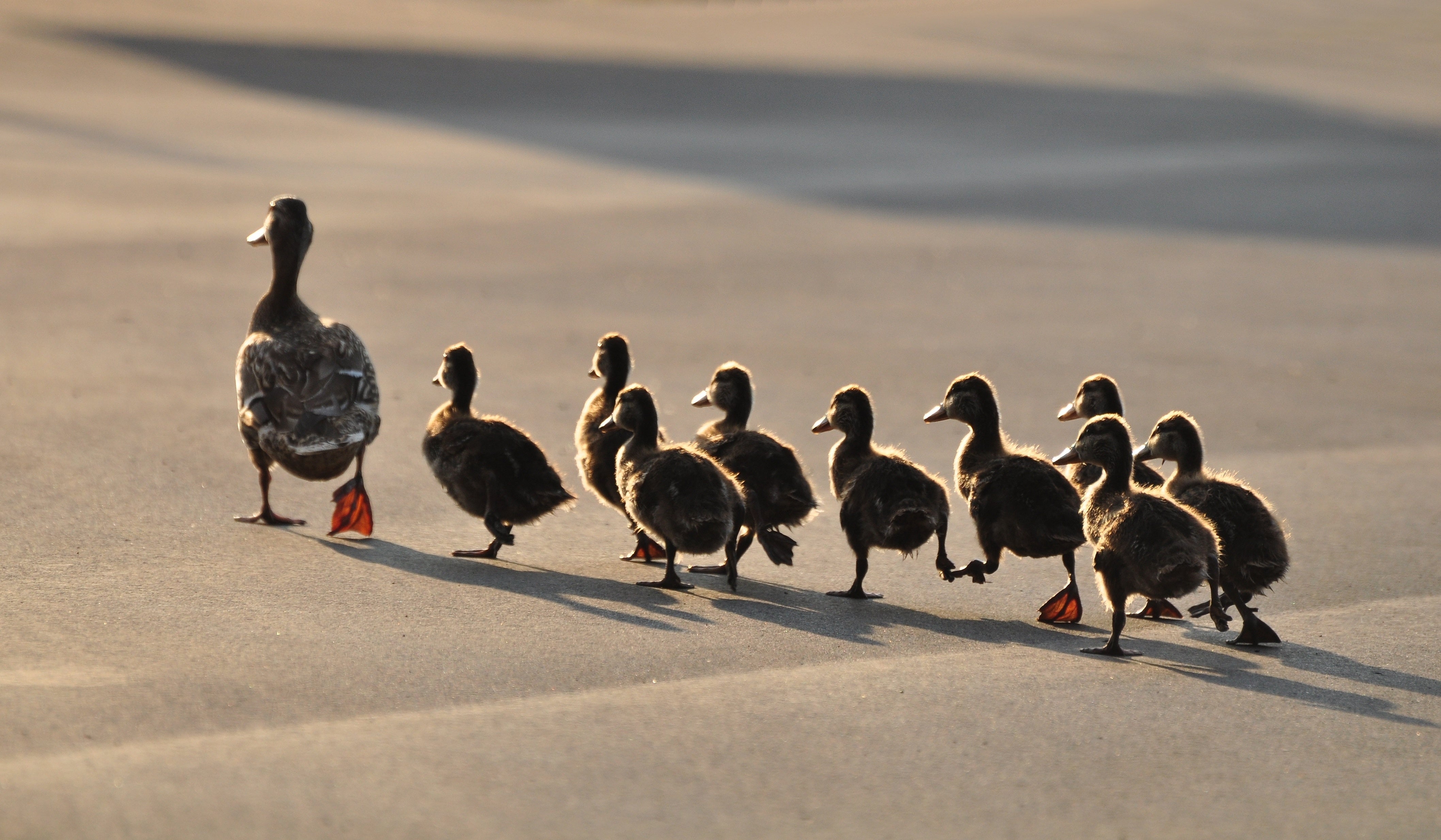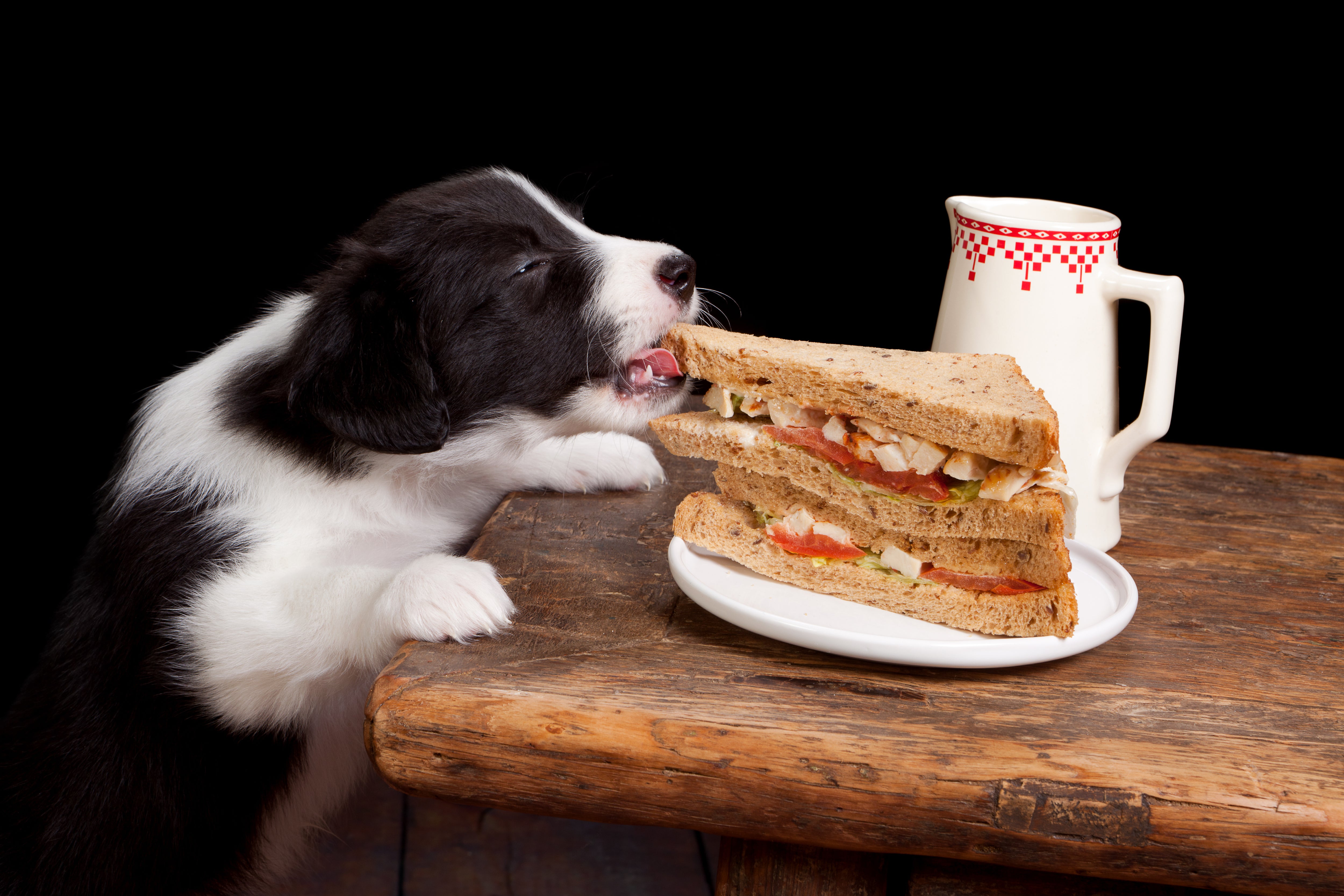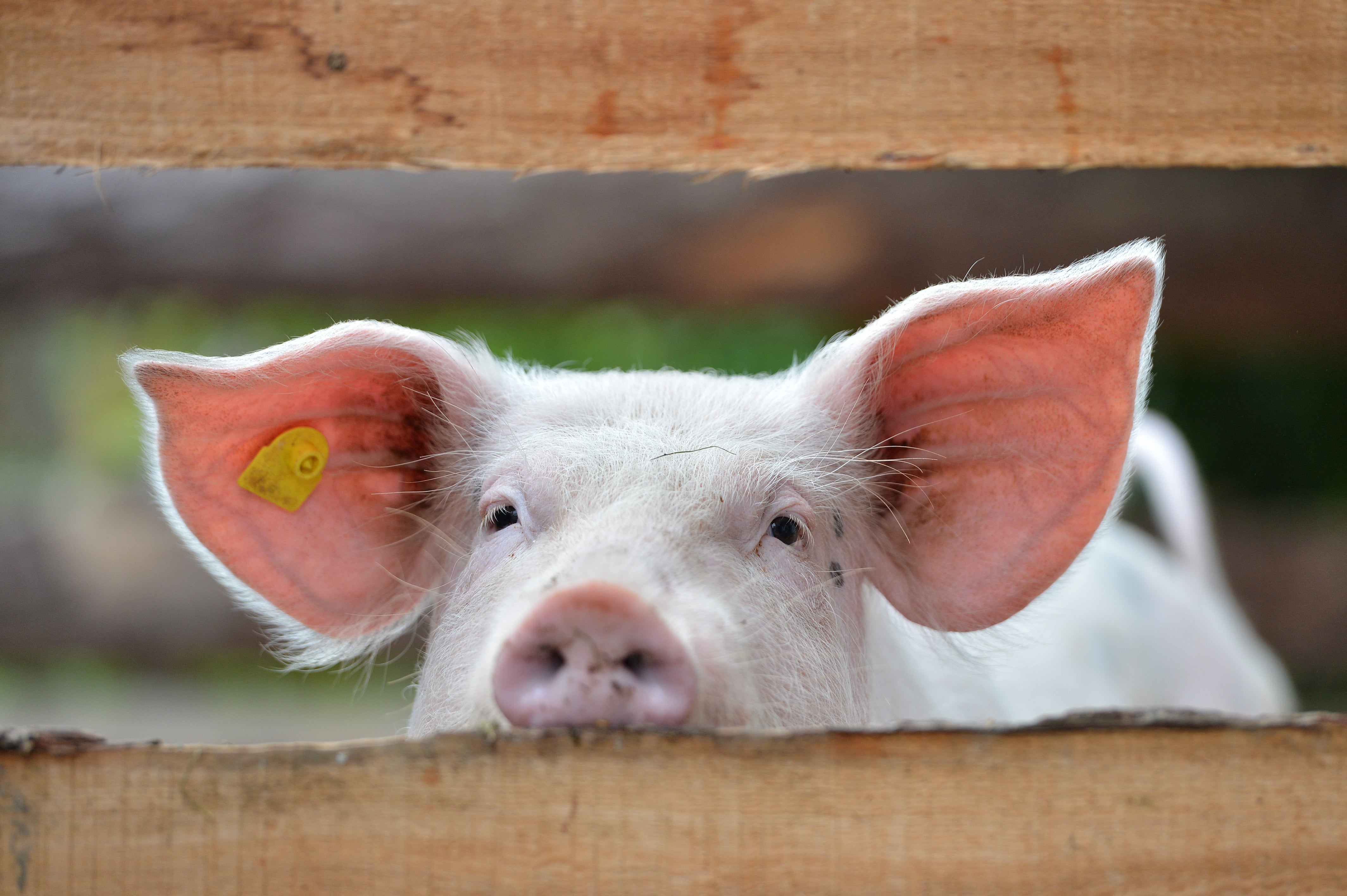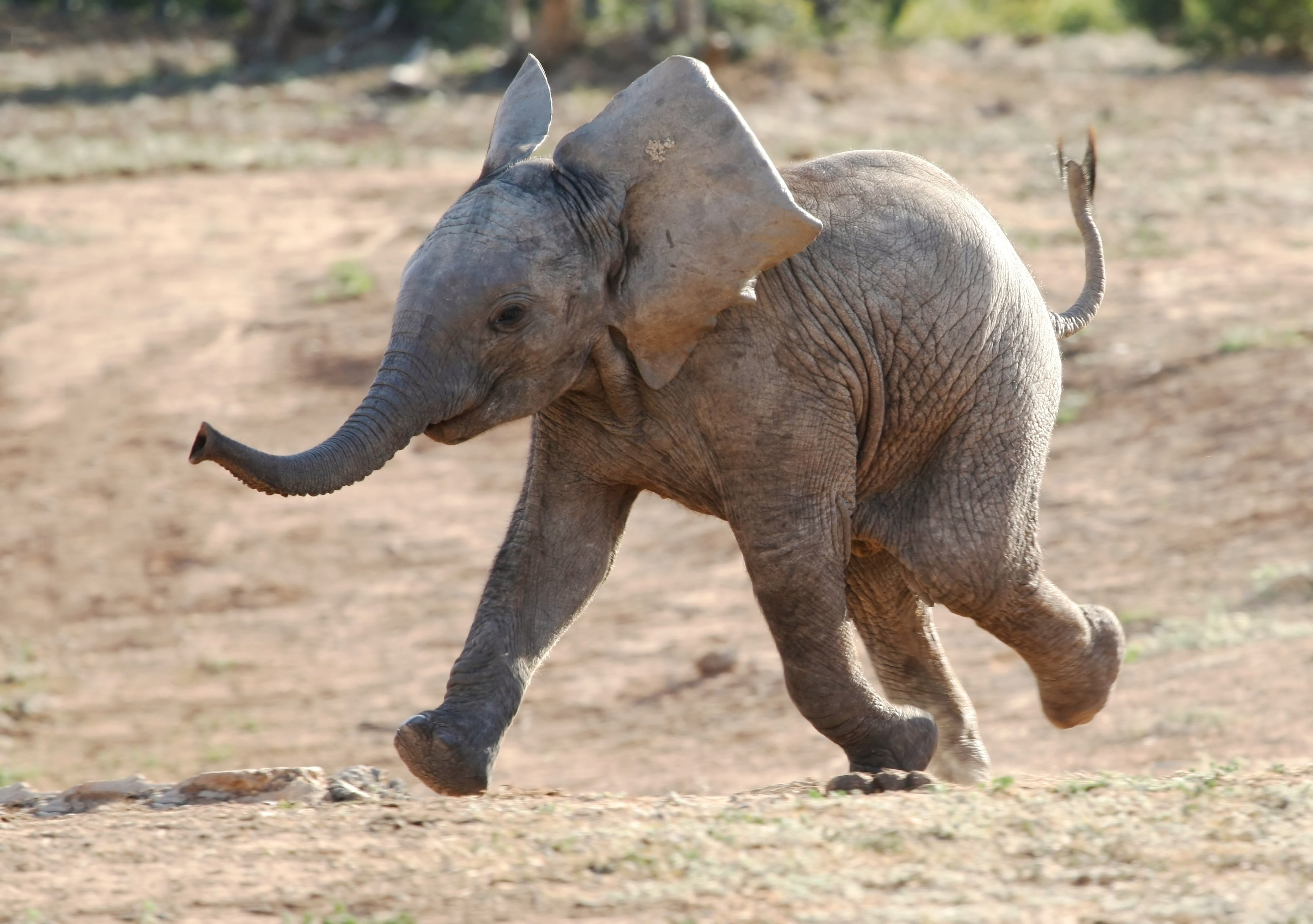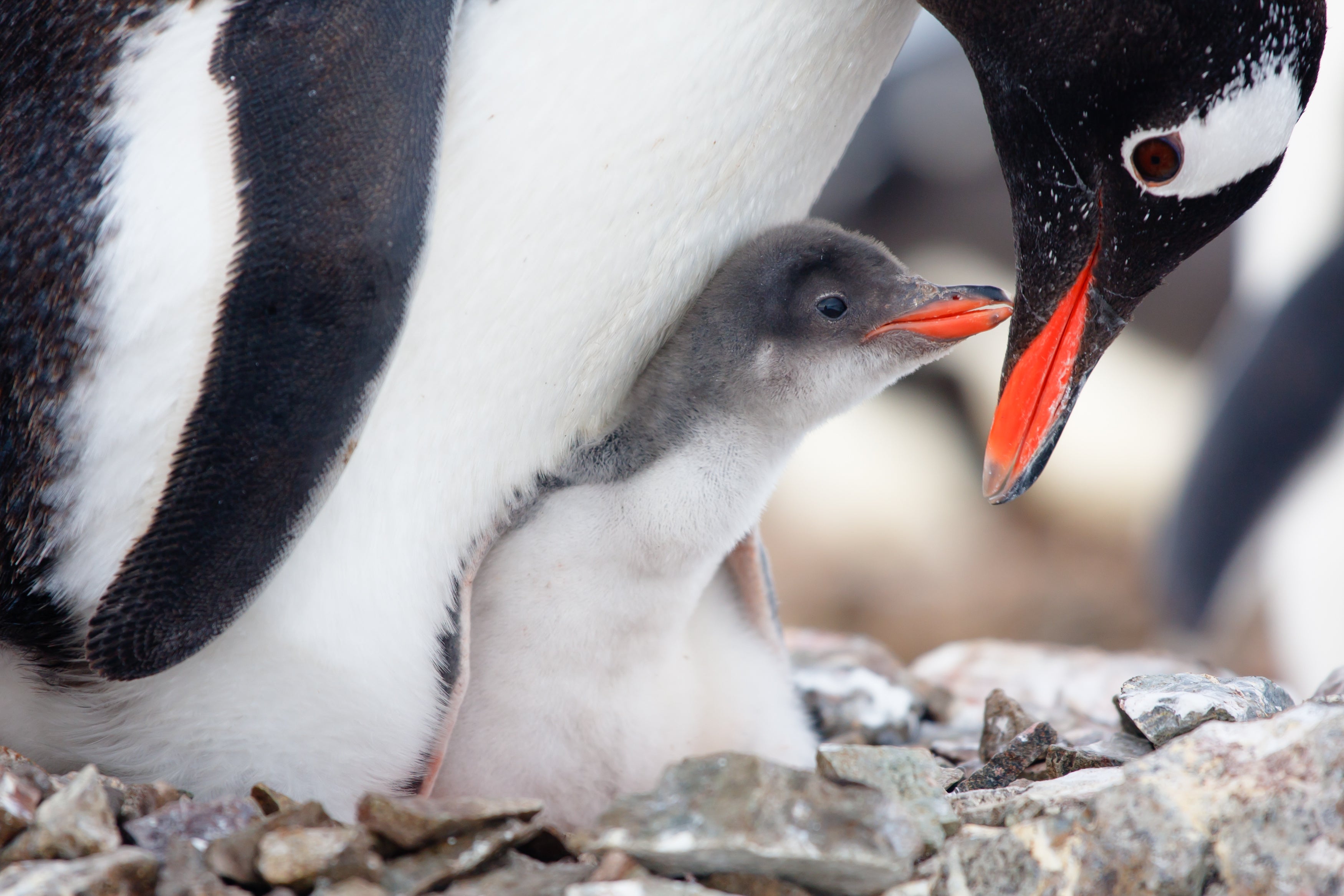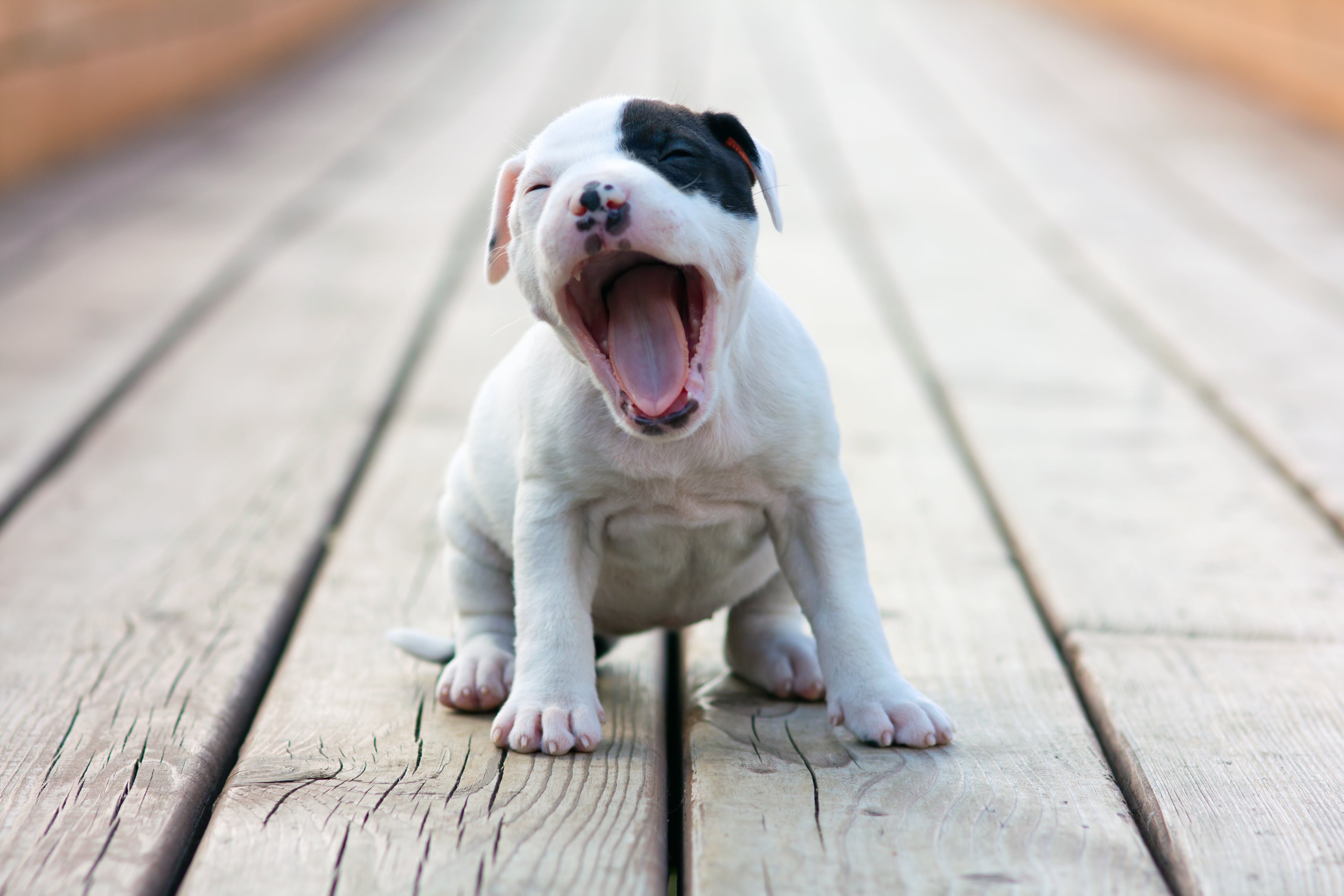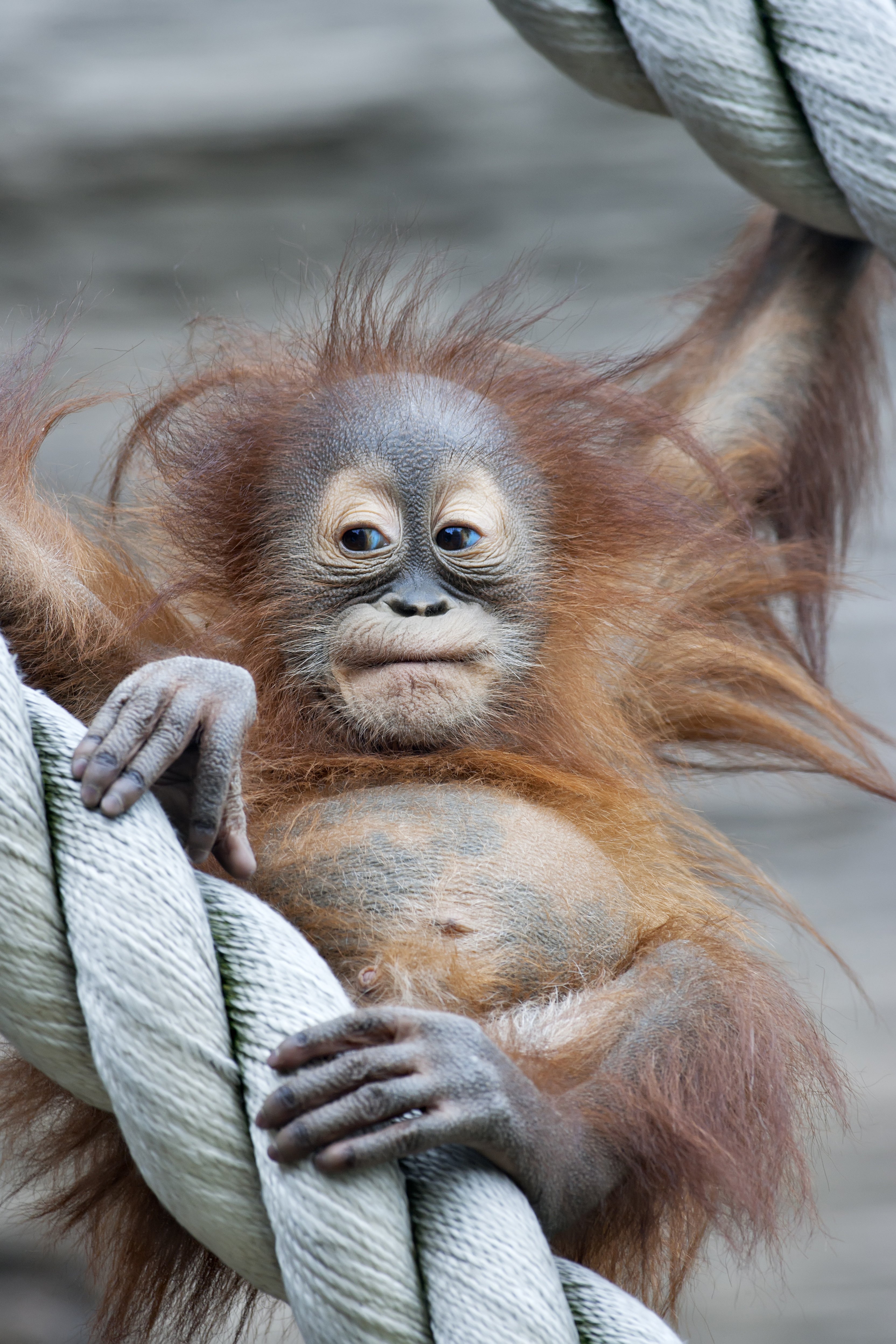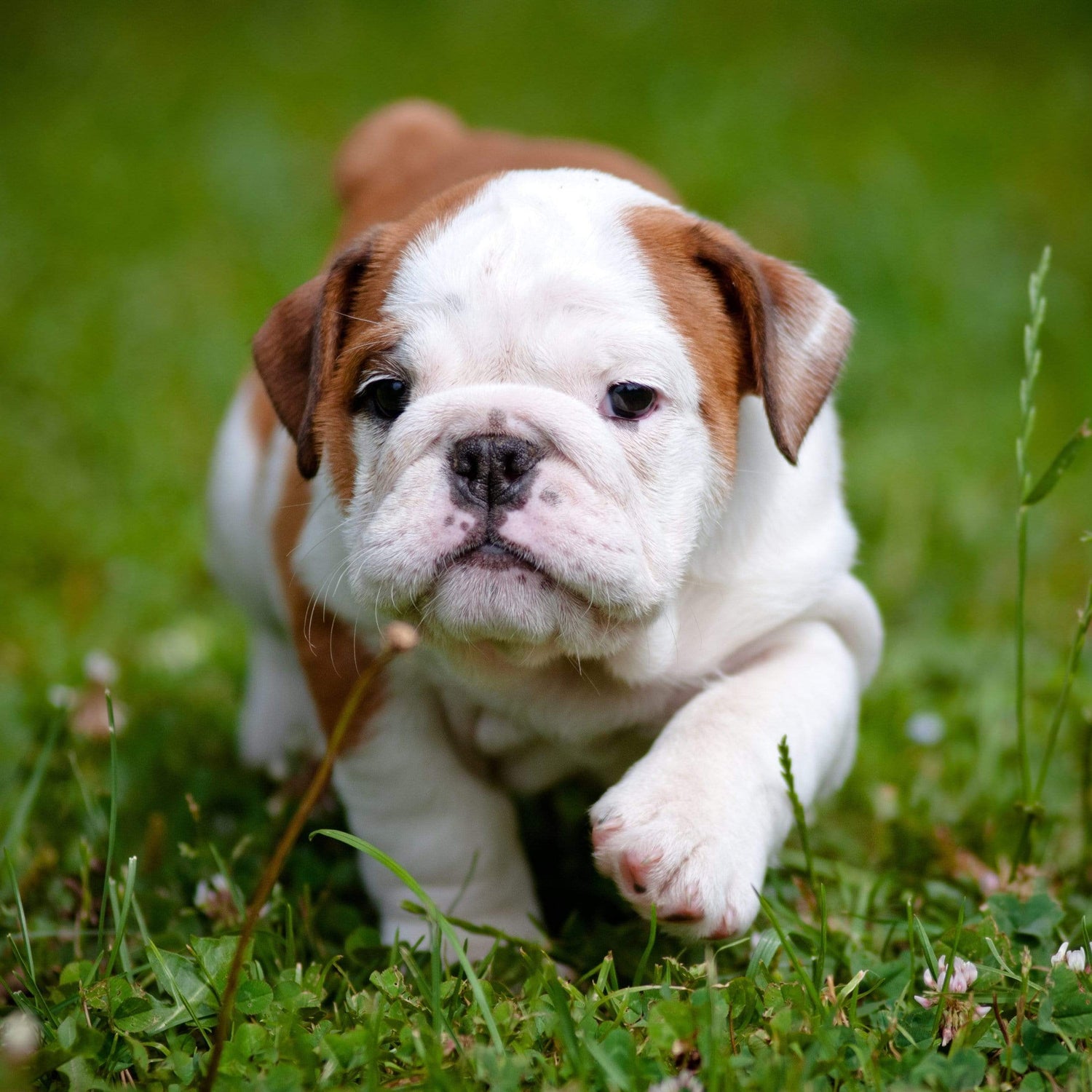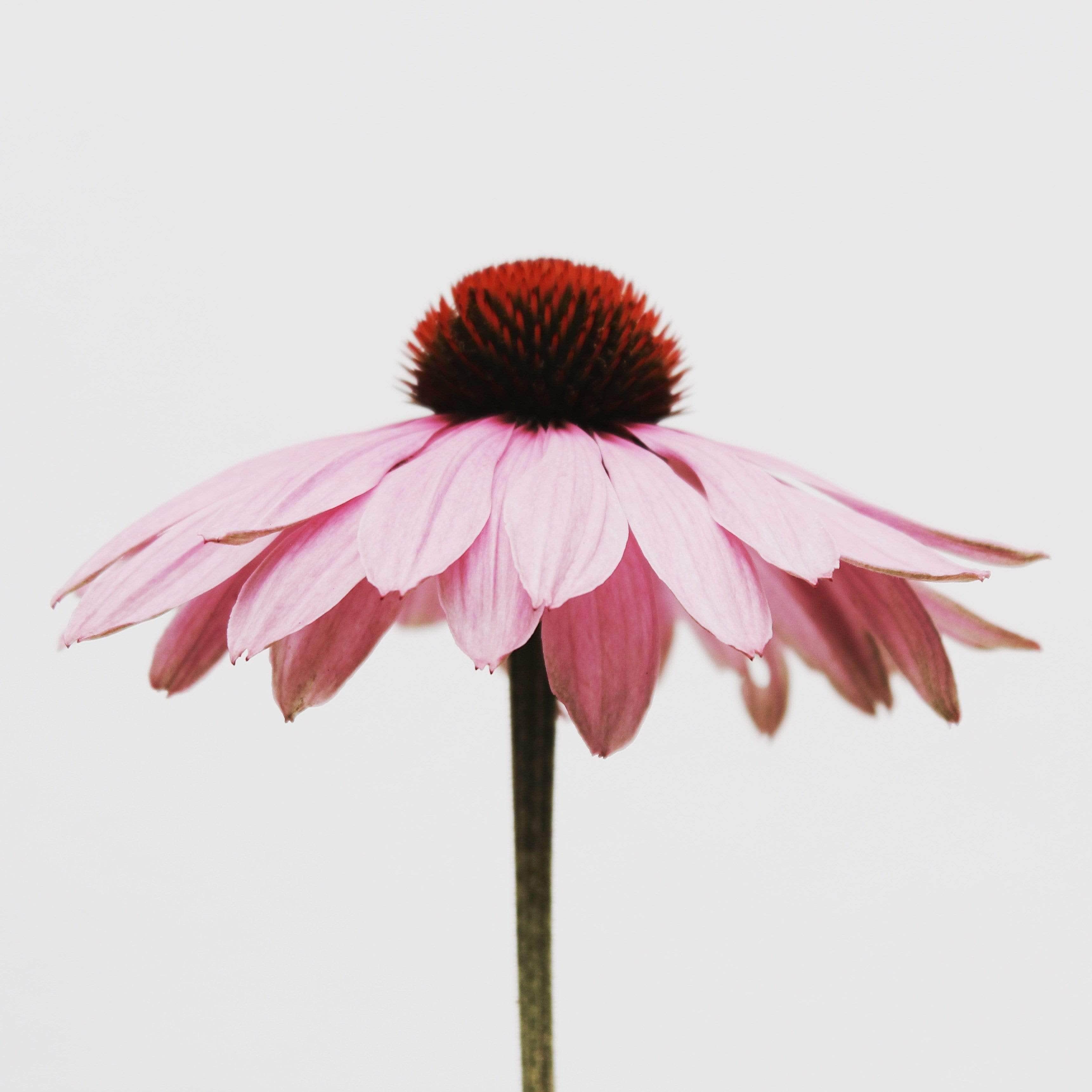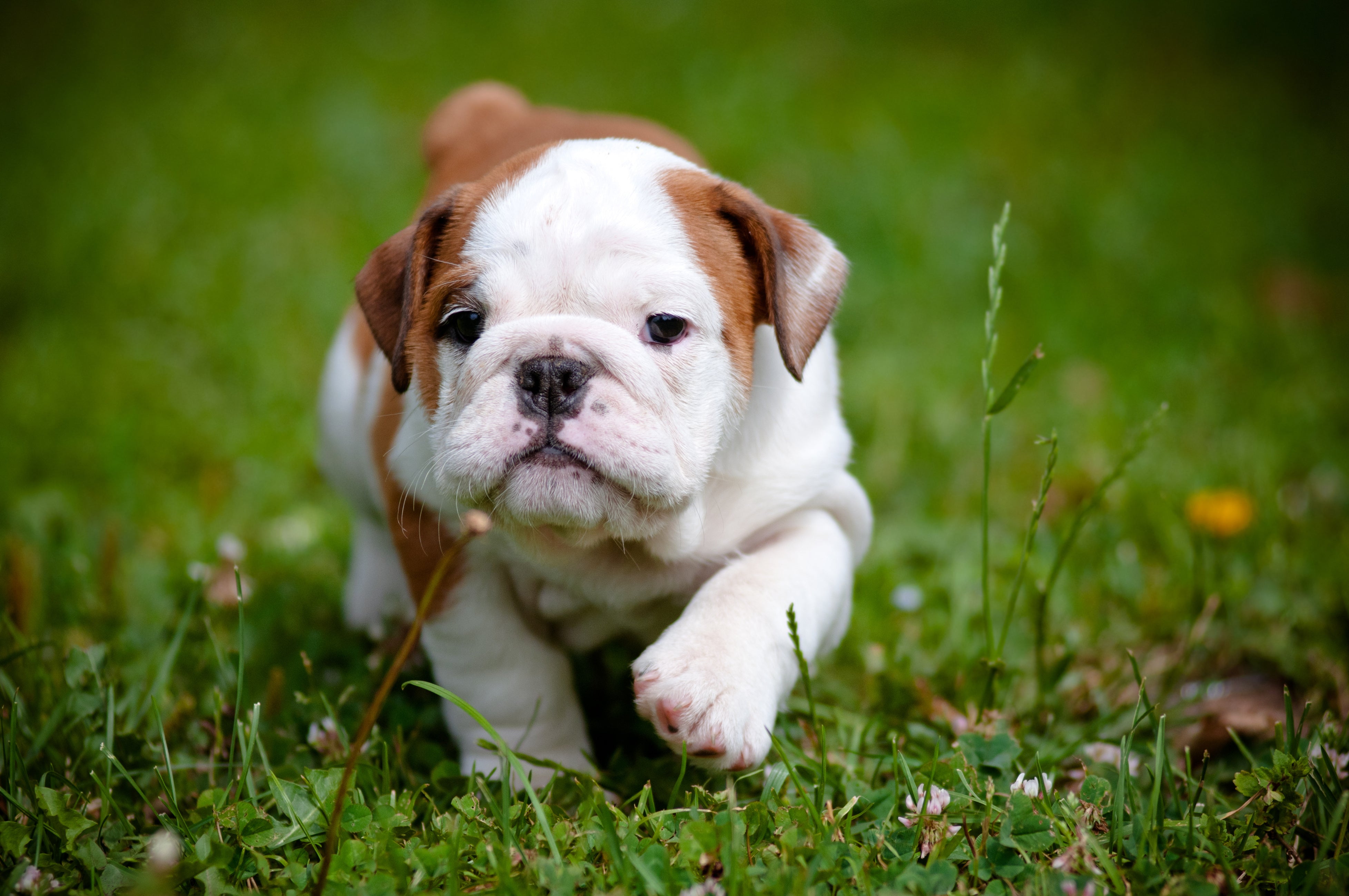
Baby birds in your backyard, newborn goats at the petting zoo, young cubs in the forest … no matter where you are, there are babies everywhere this time of year! And who doesn’t love looking at photos of baby animals? In order to capture the best images possible, there are some tricks, tips, and techniques you can – or in some cases should – follow.
Respect the Momma
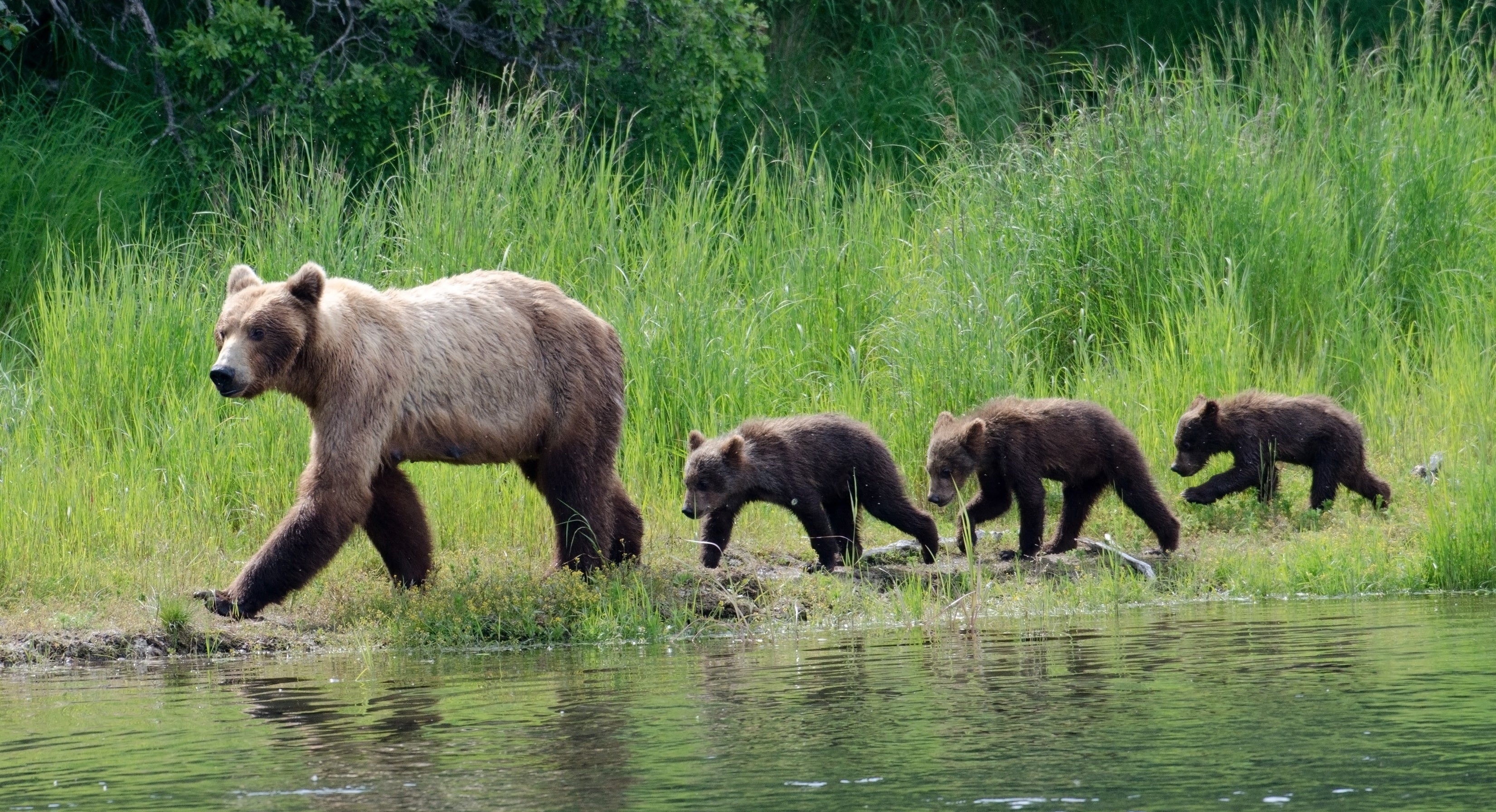
When you’re around baby animals, chances are the momma is not far away. For your own safety, as well as the safety of the critters, make sure you give them space, move slowly and quietly, and, in the case of wild animals, don’t try to hold or touch them. To capture good photos while still respecting the mother, it’s a good idea to use a camera that has a decent zoom on it – which brings us to our next tip.
Have the Right Gear
You don’t need to have a several-thousand-dollar telephoto lens for your camera to get impressive photos, but there are a few items that can make your job as a photographer easier:
- Zoom lens. A lot of affordable point-and-shoot cameras nowadays have impressive built-in optical zoom.
- Tripod. If you’re zooming in or shooting in low-light conditions, it’s especially important to stabilize your camera.
- Camouflage. Camo is helpful if you’re photographing wildlife.
- Clothing you don’t mind getting dirty.
- Bear spray. Nah, I’m just kidding … or am I?
Of course, there are loads of other accessories you can use, like filters and creative lenses, and gear you’ll naturally have with you, like a camera bag and extra memory, but the handful of items I mentioned above will really help you capture those baby animals (on camera!).
Be Patient
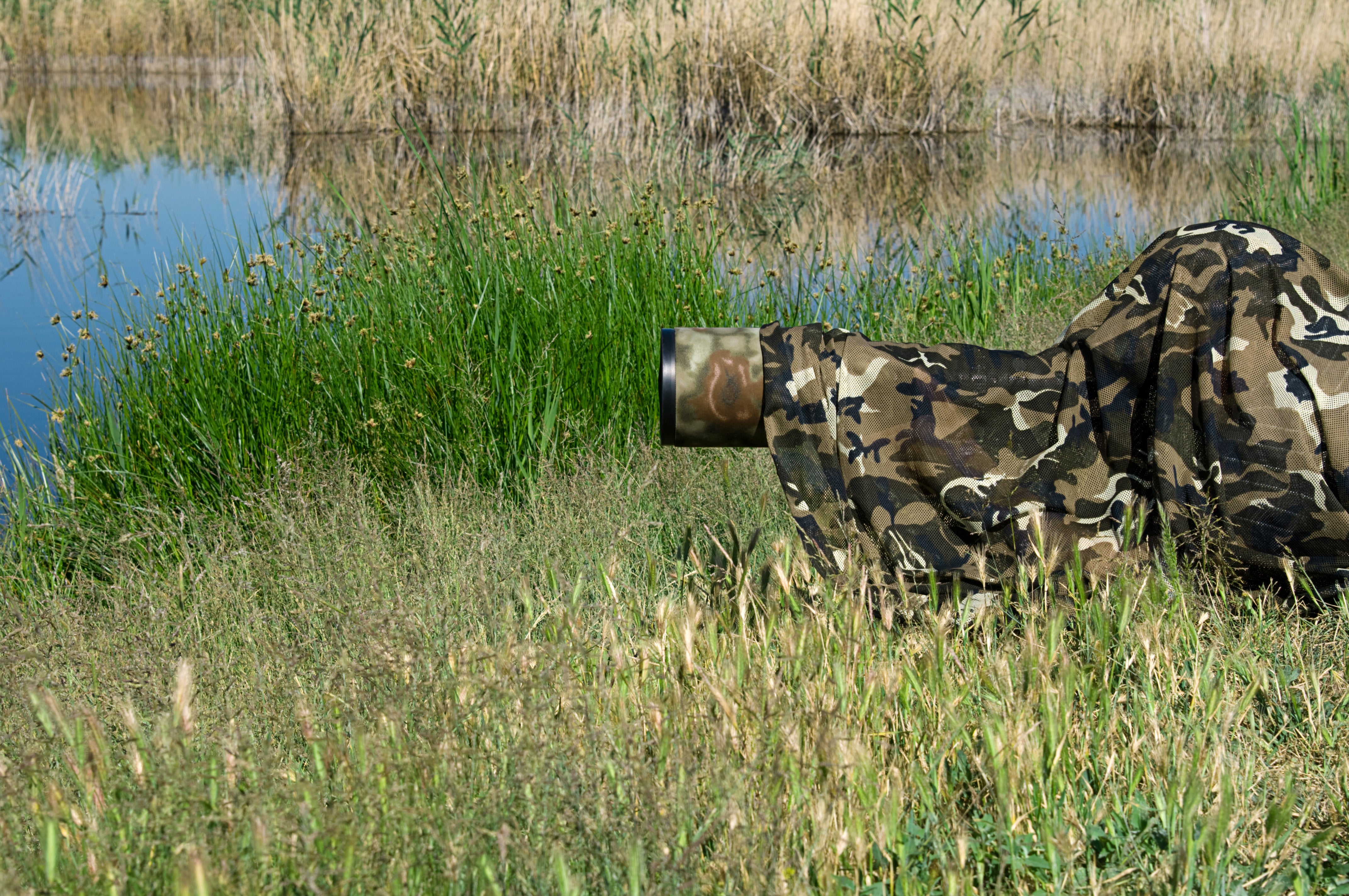
Patience is a virtue. Good things come to those who wait. I could list off a bunch of similar phrases (or maybe that’s all I got), but my point is that, like many things in life, photographing animals requires a lot of patience. Make sure you and your camera are ready, settle in, and wait. You can’t tell that mother bird, “Hey you, it’s time to feed your babies” or the baby chimp in the zoo that you want him to start monkeying around; those amazing, super-adorable photos you see likely took the photographer a lot of time to create.
Know Where the Babies Are
You’re going to have an extremely difficult time getting baby animal photos if you can’t find the babies! If you don’t have the time or patience to photograph animals in their natural habitat, or if you simply don’t live near any great animal-infested locations, there are other places you can go, such as:
- Petting zoos
- Zoos
- Wildlife recovery centres
- Farms
- Breeders
Consider Your Light
In my blog post, entitled 10 Quick Tips for Capturing the Best Baby Photos Ever, I recommend using natural lighting because, “Using your camera’s flash can result in harsh shadows within your photo, not to mention the sudden flash of bright light can startle your baby. When at all possible, turn off your flash and use the surrounding natural light.” When you’re photographing baby animals that are behind glass at the zoo or aquarium, it’s also important to shoot without the flash because if you do use the flash, it will create significant glare as the flash will reflect in the glass, essentially ruining an otherwise great photo.
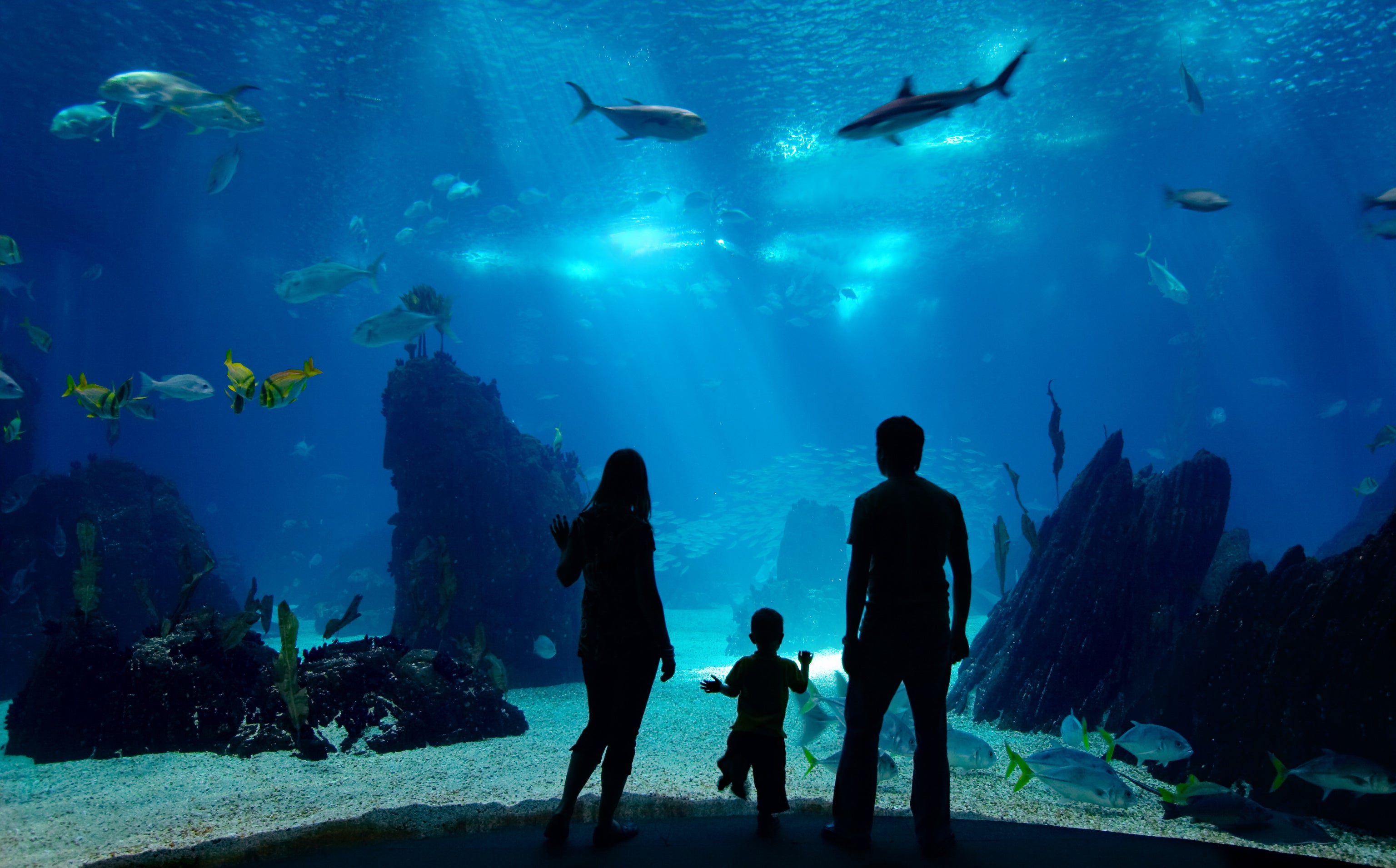
Learn Some Basic Composition Techniques
You don’t need to be a professional photographer to capture amazing images. However, there are some basic composition techniques that are easy to learn and will go a long way in helping you get some awesome photos. A few examples include:
Fill your frame. Rather than trying to get the entire animal in your photo, fill your frame with only a portion of it. This technique will eliminate distracting backgrounds and will help put emphasis on details that could otherwise be missed, like the rough texture of a baby elephant’s skin, or the soft fuzzy nose of a bunny.
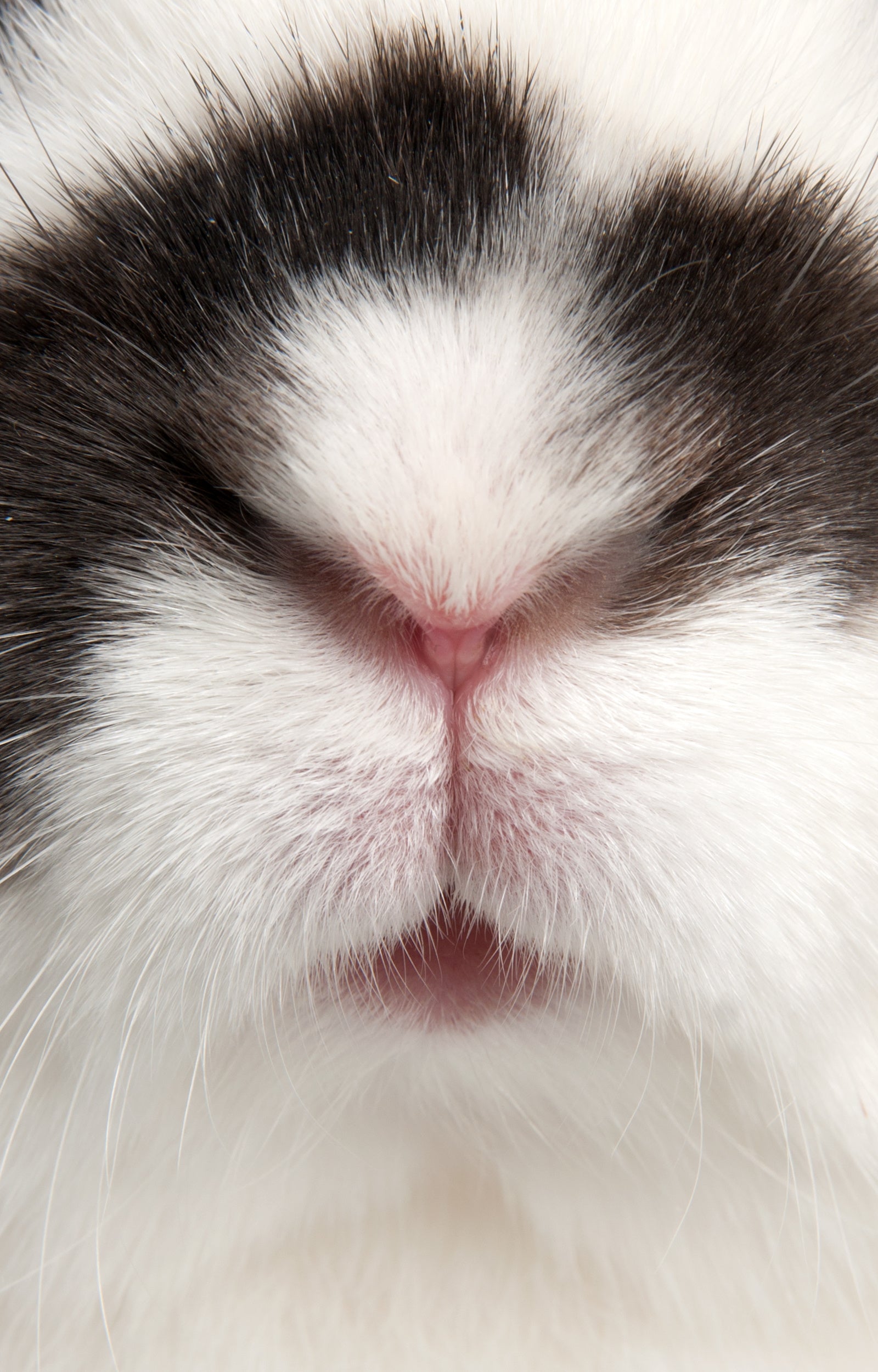
Creative framing. This technique uses external elements, such as window frames, doorways, or tree branches, to frame your subject.
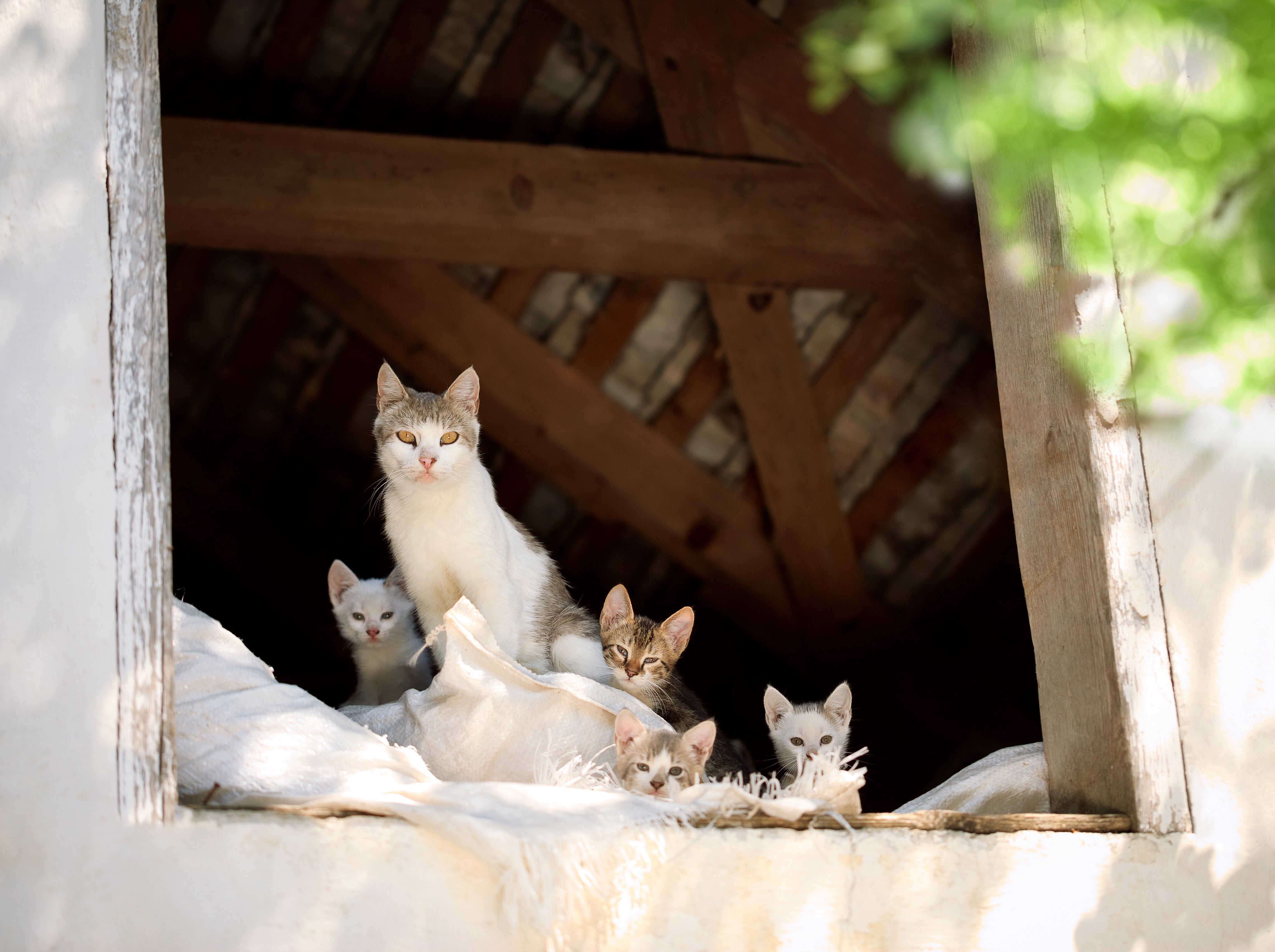
Rule of thirds. To follow this composition technique, you should first picture a tic-tac-toe grid (many digital cameras now offer a feature where this grid is shown directly on the LCD screen). Now, compose your shot so that your focal point – a puppy’s eye, for example – is positioned at one of the grid’s intersecting lines. It’s also effective to compose your shot so the subject is in the left or right thirds of the image, or the top or bottom.

Different angles. When you photograph baby animals, don’t just point your camera and shoot. Try capturing them from different angles for a unique perspective or, at the very least, shoot at the animal’s eye level. Of course, this means you could find yourself laying on the ground, which is why I recommended earlier that you have clothing you don’t mind getting dirty.
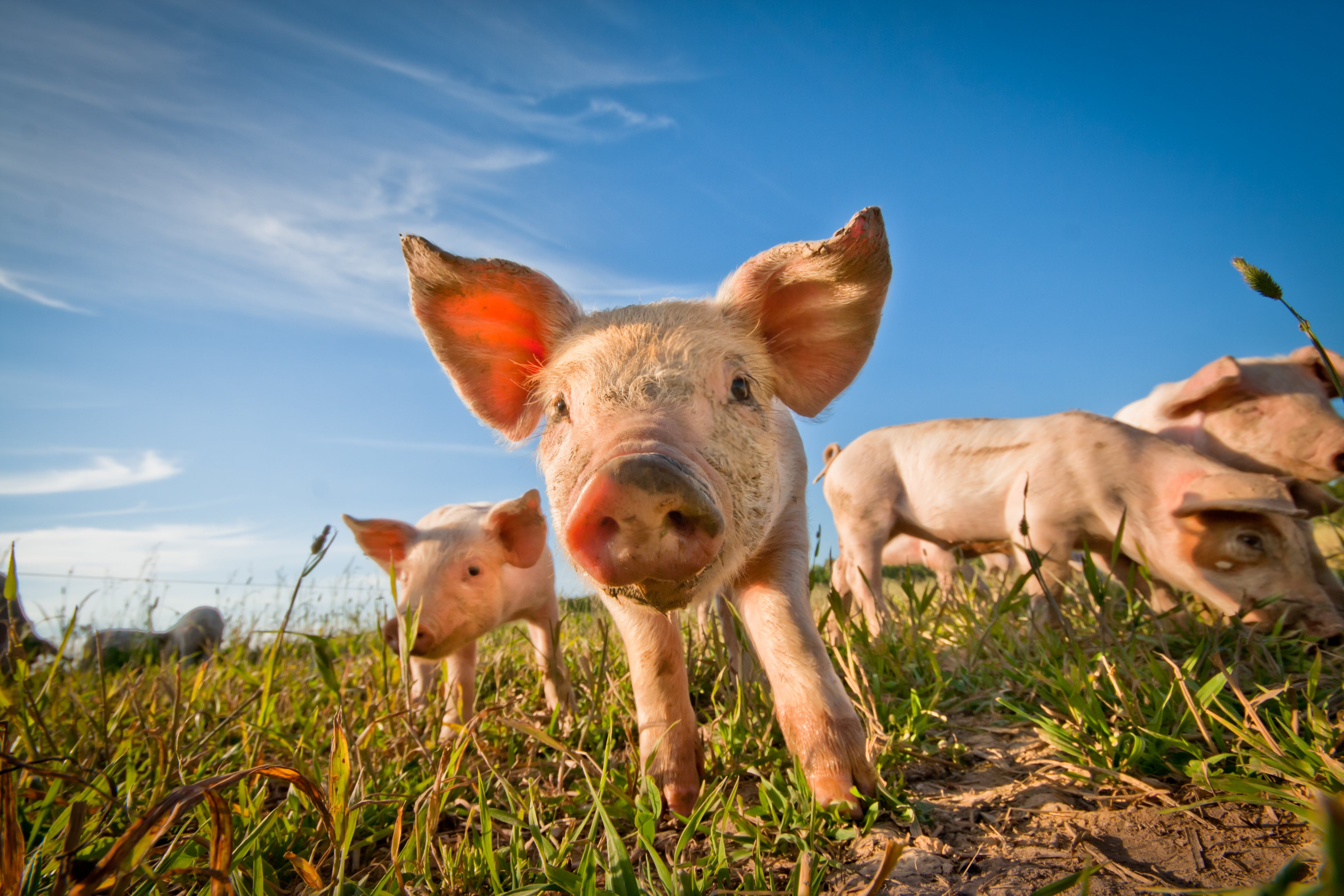
Include the Kids (that is, children, not goats)
Photos of baby animal are cute. Photos of baby animals with your kids in them are adorable. Make sure you get some shots that include your children, as these images will be great to look back on years down the road and, of course, are totally worthy of being enlarged, framed, and put on display in your home! (Have you checked out Photoboards yet? Just sayin’.)
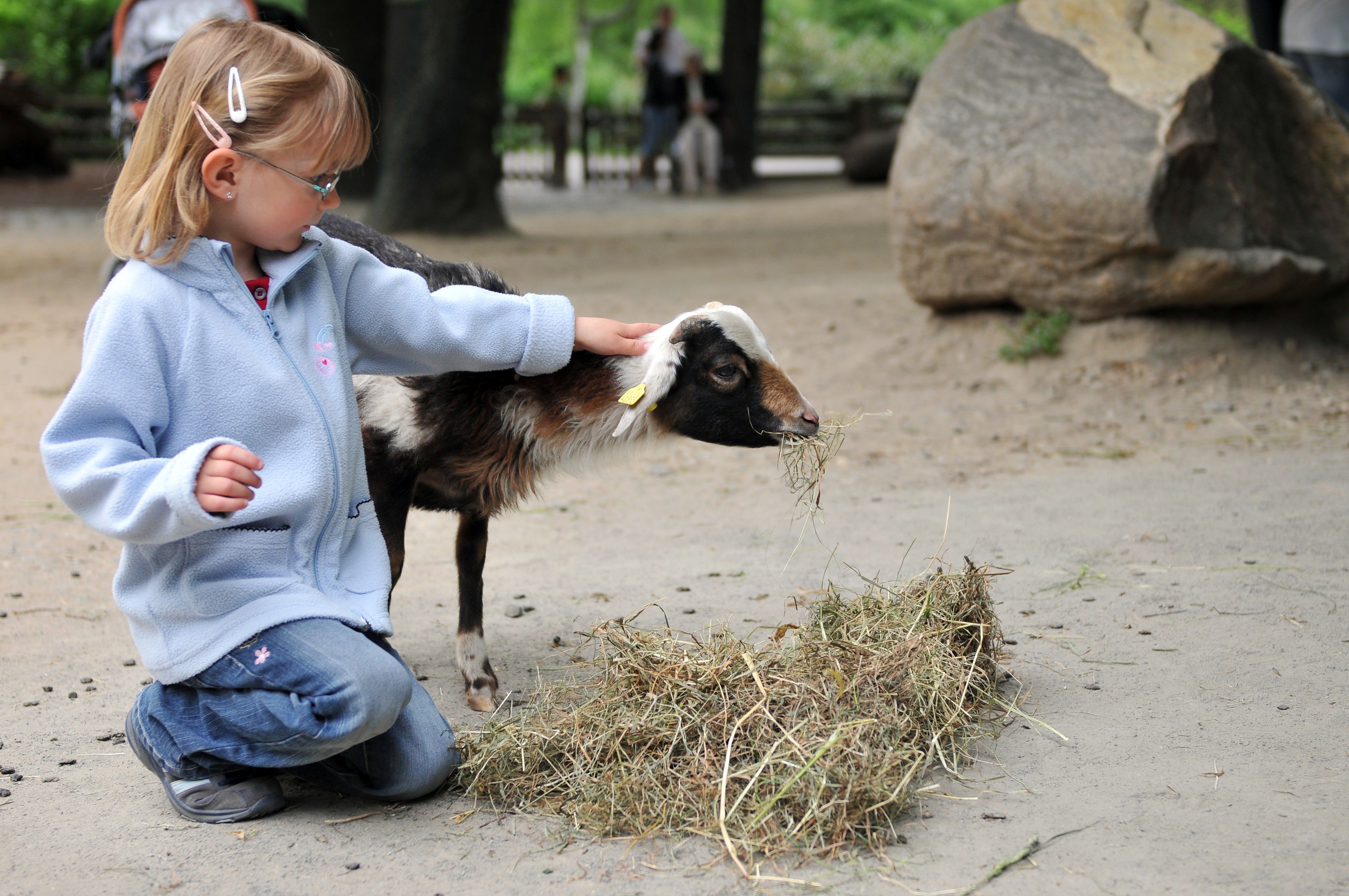
Enhance the Cuteness
Even with some basic photography knowledge, there’s a good chance your photos won’t be exactly as you wish they were. That’s not saying anything against your skills, it’s just that babies can be difficult to photograph – they tend to be unpredictable, they move when you don’t want them to, and they certainly don’t follow instructions! So, if you find yourself with an almost-perfect shot, why not edit it to get it just the way you like? You don’t need to spend a lot of money to do this either – there are several free photo editing software programs that offer great features and tools to help you turn that photo into a masterpiece.
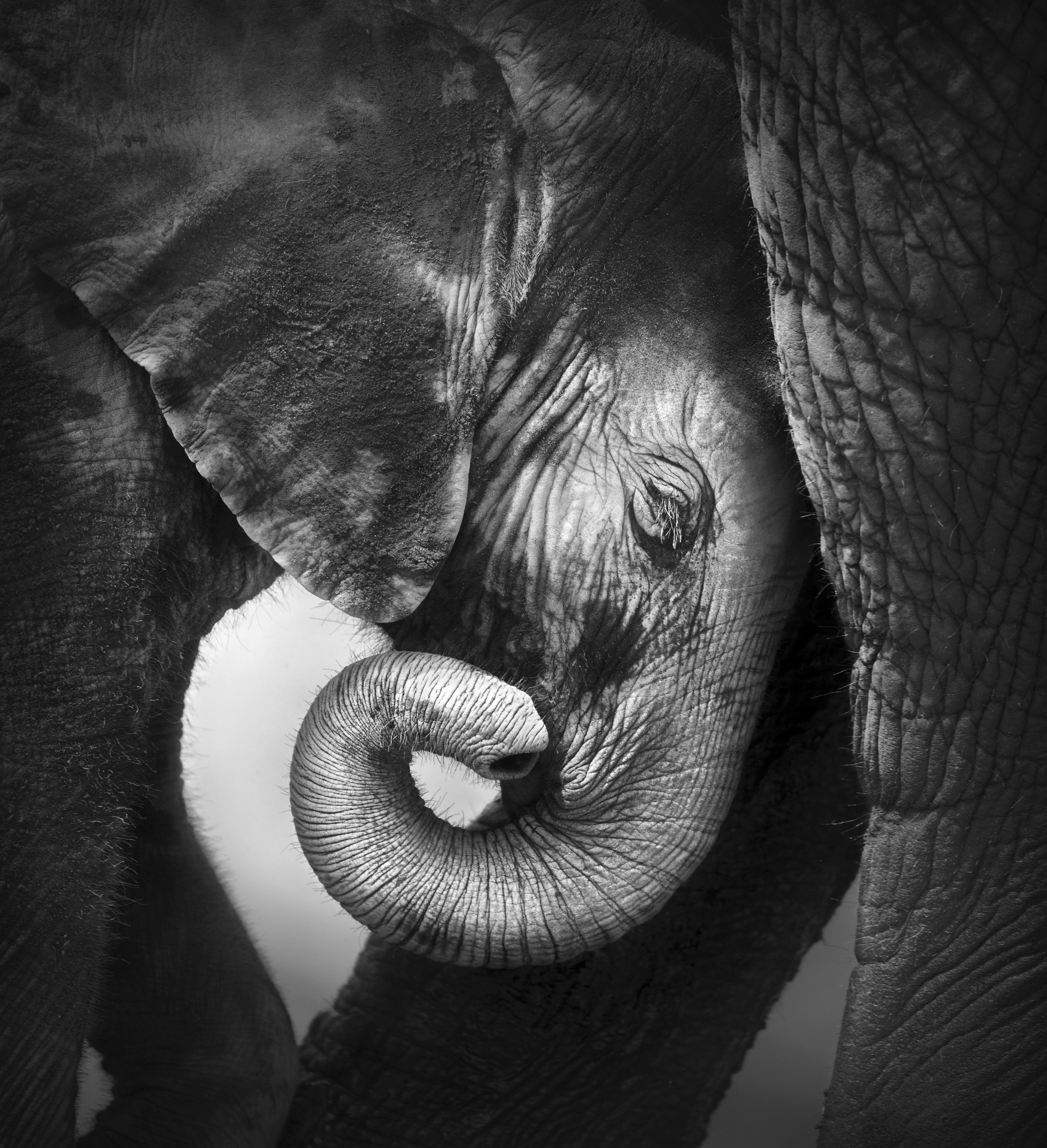
Spill It
Kittens, puppies, piglets, lizards … what baby animals could you spend hours looking at? Me? I just think they’re all so darn cute! Here are a few more to look at:
